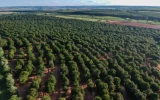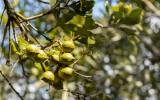What's the Ideal Climate for Macadamia Trees?
The success of your macadamia tree largely hinges on providing it with an environment that mimics its native habitat. This includes ensuring the right balance of temperature, humidity, and consistent rainfall, as well as considering seasonal climate variations. In this article, we'll explore the ideal climate conditions that help macadamia trees grow and develop well.
Macadamia trees love warmth, so they thrive in regions where temperatures fall between 25 and 35°C, making them perfect for tropical and subtropical areas. They're sensitive to frost, especially in their early years. They require an area with high humidity and around 1000mm of rain annually.
While macadamia trees can handle some dry spells, prolonged drought can lead to reduced yield and possibly affect the quality of the nuts. As you read further, we'll discuss in detail the climatic requirements of this evergreen tree.
When starting a macadamia farm, it's crucial to select a site with the appropriate warm climate, ample rainfall, and wind protection that macadamia trees need to thrive and produce nuts.
Summary
- Macadamia trees are sensitive to extreme cold and frost, so you need to protect them from freezing temperatures, especially during their formative years.
- Macadamia trees thrive in rich, well-aerated soil with a pH range between 5.0 and 6.5.
- Macadamia trees are considered drought-tolerant due to their native adaptation to survive in dry, subtropical regions, particularly in eastern Australia.
- While macadamia trees are drought-tolerant, they still require adequate water for optimal growth and nut production.
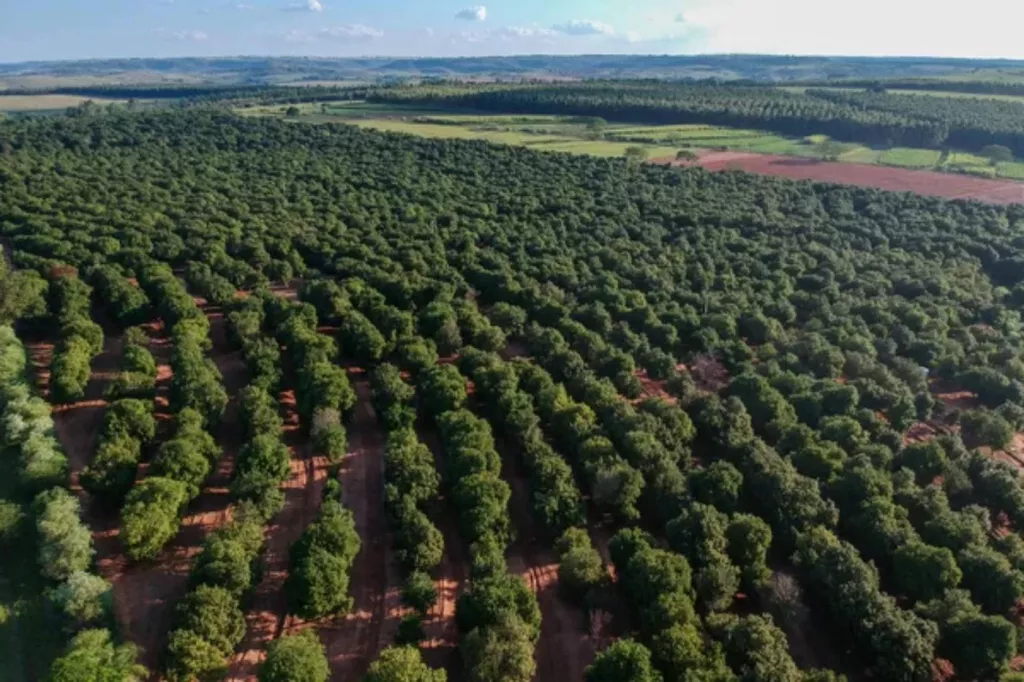
On this page:
Ideal Climate Conditions for Macadamia Trees
Environmental conditions largely affect the nut production potential of macadamia trees. The table below shows the ideal climatic conditions required for macadamias to thrive:
| Climate Conditions | Ideal Range |
|---|---|
| Temperature | 25-35°C (77-95°F) |
| Humidity | High |
| Rainfall | Around 1000mm annually |
| Soil pH | 5.0-6.5 |
| Sun exposure | Full sun to partial shade |
Temperature requirements for macadamias
Macadamia trees prefer warmer climates, with average temperatures ranging between 25-35°C (77-95°F). This temperature range provides the ideal conditions for macadamia tree growth, flowering, and nut development.
Note that macadamia trees are sensitive to extreme cold and frost. Therefore, you need to protect them from freezing temperatures, especially during their formative years.
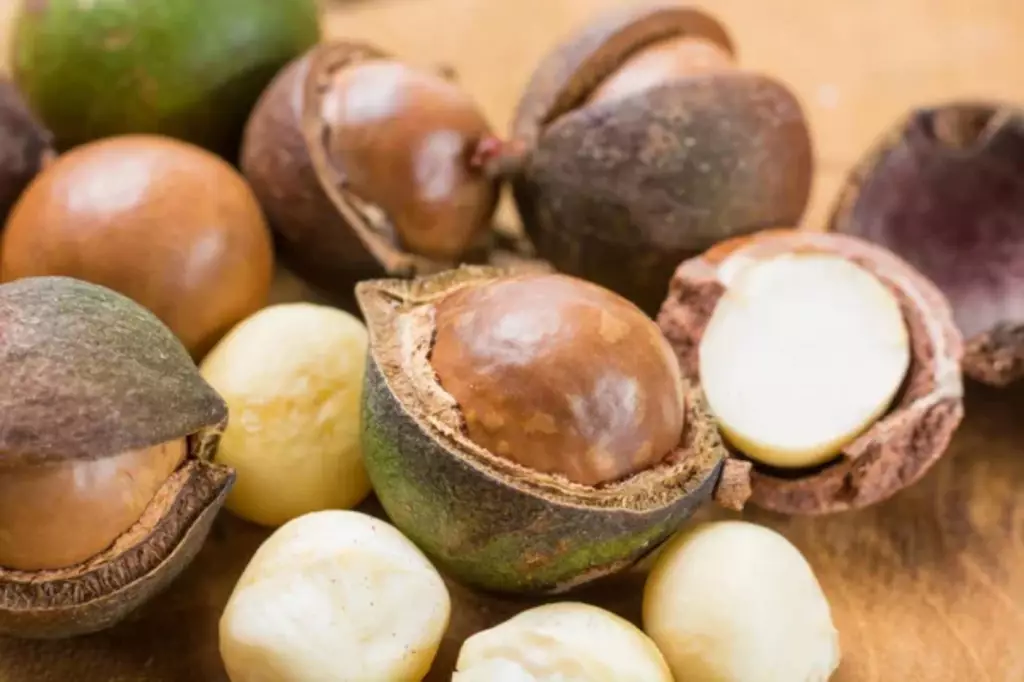
Humidity and rainfall requirements for macadamia trees
Humidity refers to the amount of moisture present in the air, while rainfall measures the amount of precipitation that occurs in a specific area over a given period.
High humidity is beneficial for macadamia trees, as it helps to maintain moisture levels in the air and soil. This is particularly important during the summer months, when the trees are actively growing and developing nuts.
Adequate humidity can help prevent excessive water loss through transpiration and ensure that the trees have a constant supply of moisture for their growth and metabolic processes.
In addition to humidity, an annual rainfall of around 1000mm is recommended for the optimal growth of macadamias. Rainfall provides the trees with the necessary water for photosynthesis, nutrient uptake, and overall health.
During the summer months, when the water demand is higher due to active growth and nut development, consistent and sufficient rainfall becomes even more critical.
In regions where natural rainfall is insufficient to meet the water requirements of macadamia trees, perhaps consider setting up an irrigation system. This will ensure that the trees receive the necessary amount of water to thrive, especially during periods of low rainfall or drought.
Soil and location preferences of macadamia trees
Macadamia trees flourish in rich, well-aerated soil, with a slight preference for soil that holds moisture yet doesn't stay soggy. The tree's ideal pH range lies between 5.0 and 6.5; this level of acidity ensures that nutrients are available and can be easily absorbed by the roots. It also sets their flowering time.
Choose a ground that is enriched with organic matter—compost or well-rotted manure can improve both the soil's fertility and its structure. Good drainage is also crucial—macadamia trees can't stand "wet feet."
Ensure the planting site doesn't collect standing water. A slight slope is often beneficial for runoff. As for the location, you'll want a spot with full sun to partial shade.
Also, protect the tree from strong winds by providing a sheltered location, which will also aid in preventing soil erosion around the tree's base.
Are Macadamias Drought-Tolerant?
Macadamia trees are generally considered to be drought-tolerant, as they are native to the dry, subtropical regions of eastern Australia. These trees have adapted to survive in areas with low water availability, making them well-suited to drought conditions.
Macadamia trees have deep root systems that allow them to access water from lower soil layers, which helps them withstand periods of limited rainfall.
Furthermore, they have a remarkable ability to reduce water loss through their leaves, a trait that enhances their drought tolerance. Their thick, waxy leaves help to minimize transpiration, which is the process by which water evaporates from the surface of the leaves.
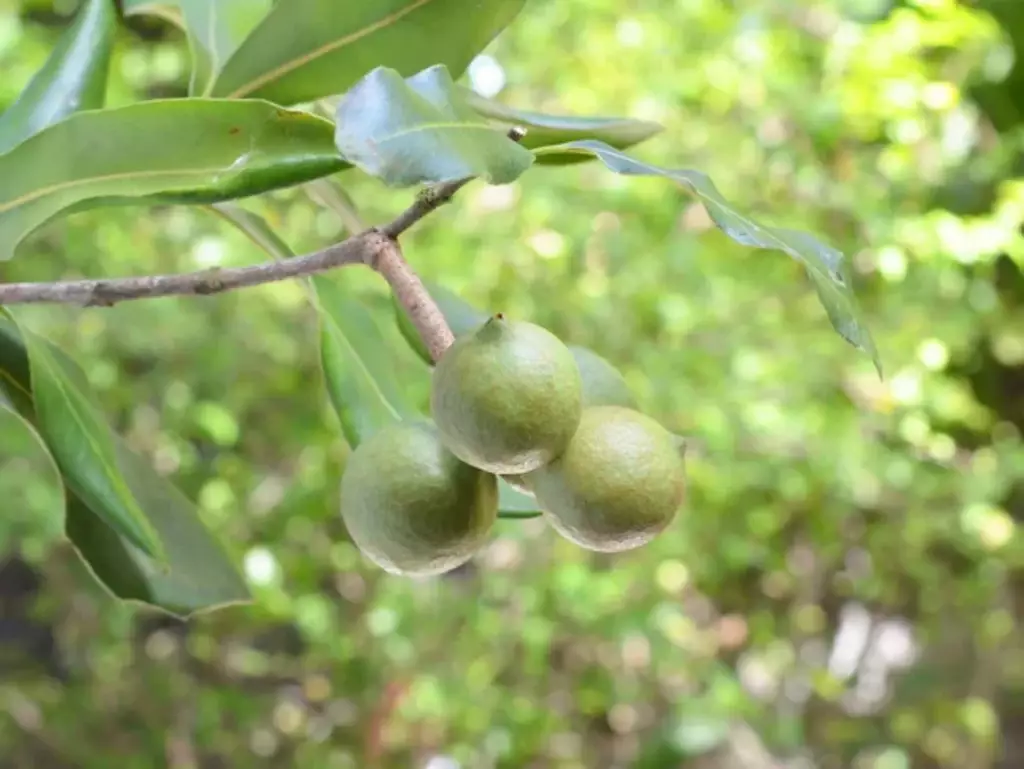
In addition to their natural adaptations, proper management practices can further enhance the drought tolerance of macadamia trees. For example, mulching around the base of the trees can help retain soil moisture and reduce water evaporation from the soil surface.
Efficient irrigation techniques, such as drip irrigation, can also be employed to deliver water directly to the root zone, minimizing water waste and promoting efficient water use during drought conditions.
Macadamia trees are generally considered to be drought-tolerant, as they are native to the dry, subtropical regions of eastern Australia. These trees have adapted to survive in areas with low water availability, making them well-suited to drought conditions.
Macadamia trees have deep root systems that allow them to access water from lower soil layers, which helps them withstand periods of limited rainfall.
Furthermore, they have a remarkable ability to reduce water loss through their leaves, a trait that enhances their drought tolerance. Their thick, waxy leaves help to minimize transpiration, which is the process by which water evaporates from the surface of the leaves.
In addition to their natural adaptations, proper management practices can further enhance the drought tolerance of macadamia trees. For example, mulching around the base of the trees can help retain soil moisture and reduce water evaporation from the soil surface.
Efficient irrigation techniques, such as drip irrigation, can also be employed to deliver water directly to the root zone, minimizing water waste and promoting efficient water use during drought conditions.
Note that while macadamia trees are drought-tolerant, they still require adequate water for optimal growth and nut production. To help you understand their water needs, here's a quick overview:
- Young trees: When they're young, your macadamia nut trees will need more consistent watering to develop a strong root system. Frequent watering during this stage is crucial.
- Mature trees: As they mature, macadamia trees become more resilient and can withstand periods of low water.
If you're in an area with lower rainfall, applying mulch around the base of the tree can help retain soil moisture. Regular watering during extremely dry periods will support your tree's health and nut production.
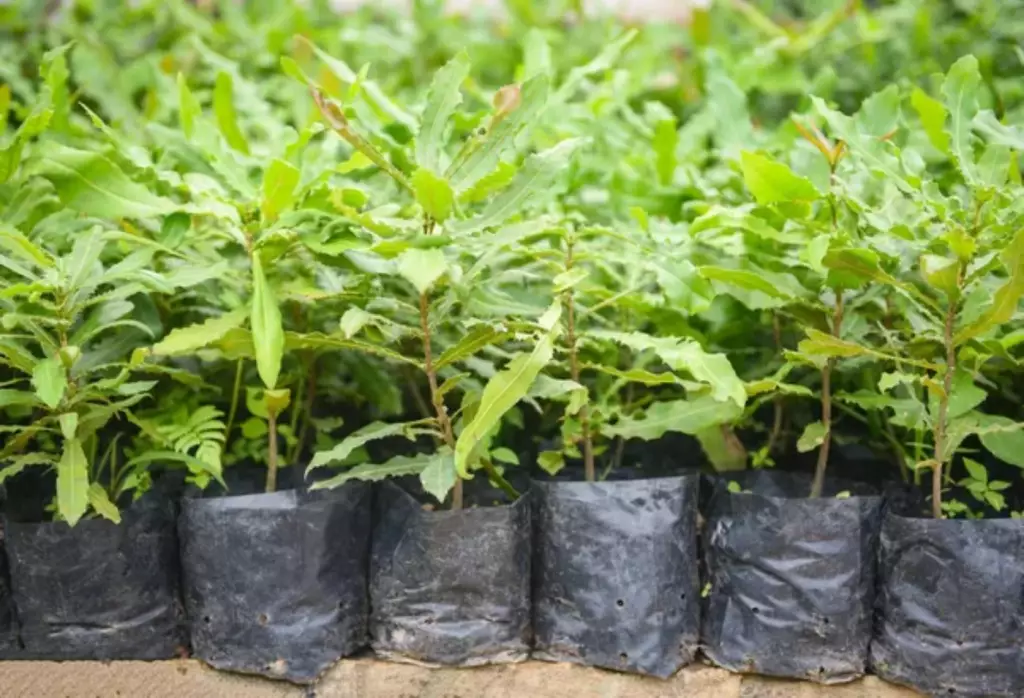
Are Macadamias Tropical?
Macadamia nuts are native to the rainforests of eastern Australia, where the climate is generally warm and subtropical. They are also cultivated in other tropical and subtropical regions around the world, such as Hawaii, South Africa, and Central America.
The macadamia tree thrives in warm, frost-free climates with well-drained soil and high humidity, which are characteristic of tropical and subtropical regions.
While macadamia trees can tolerate a range of temperatures and climates, they are most commonly associated with tropical and subtropical environments due to their origin and preferred growing conditions. Therefore, it is accurate to consider macadamias as a tropical or subtropical crop.
Despite their love for the tropics, some macadamia varieties like 'Cate M. tetraphylla' have adapted to be more frost-hardy and can be grown in slightly cooler regions with some care, especially when they are young and more vulnerable to cold.

If you're considering growing macadamia trees, it's helpful to know that while they're tolerant of different conditions, they truly flourish in warmth reminiscent of their tropical roots.
